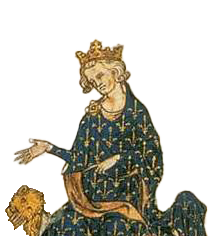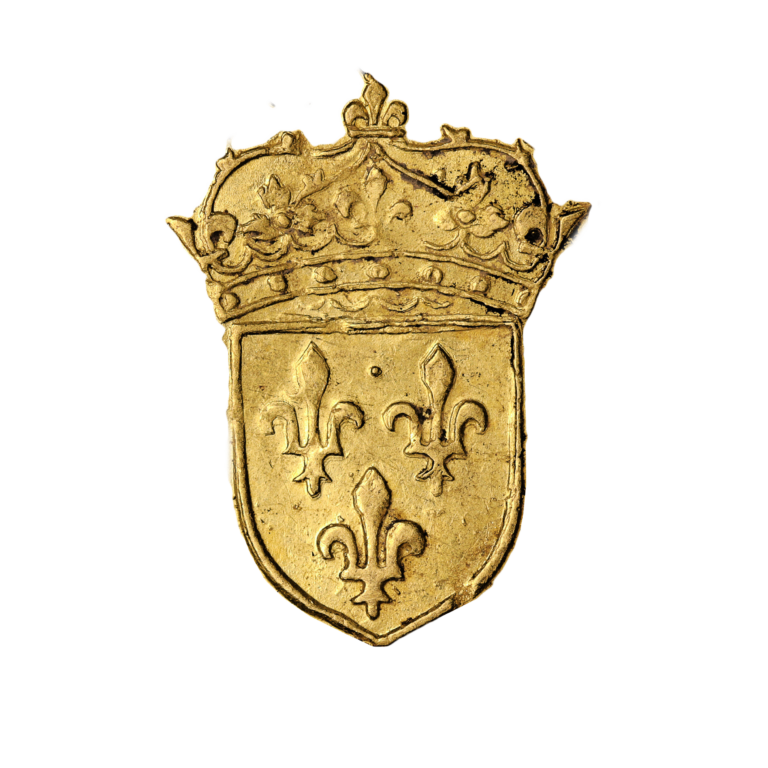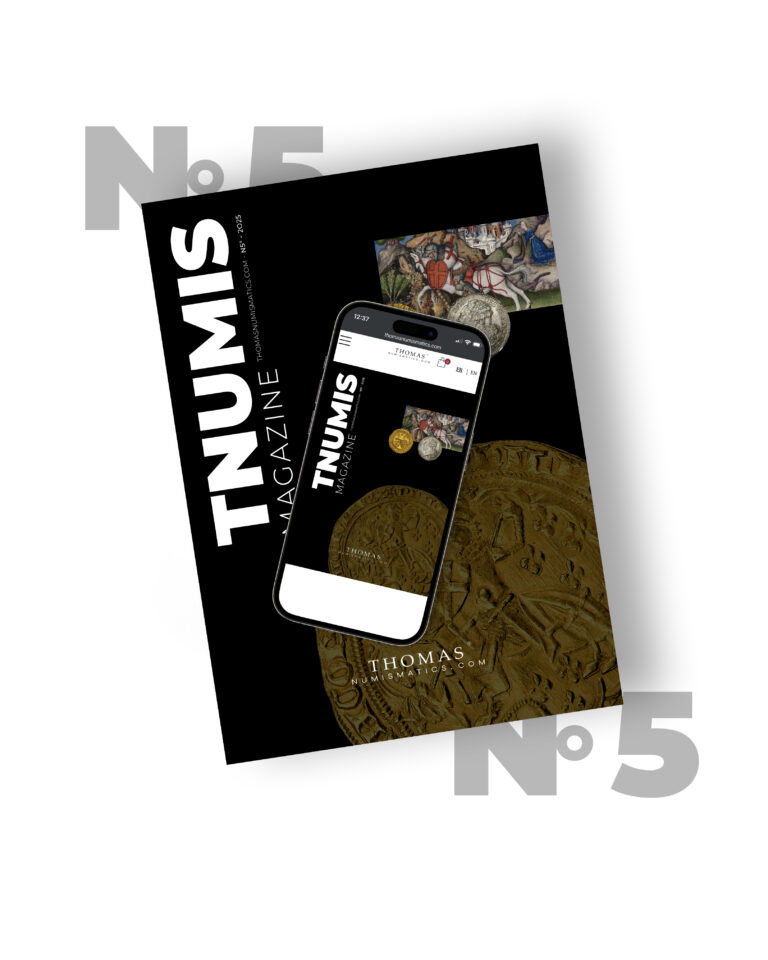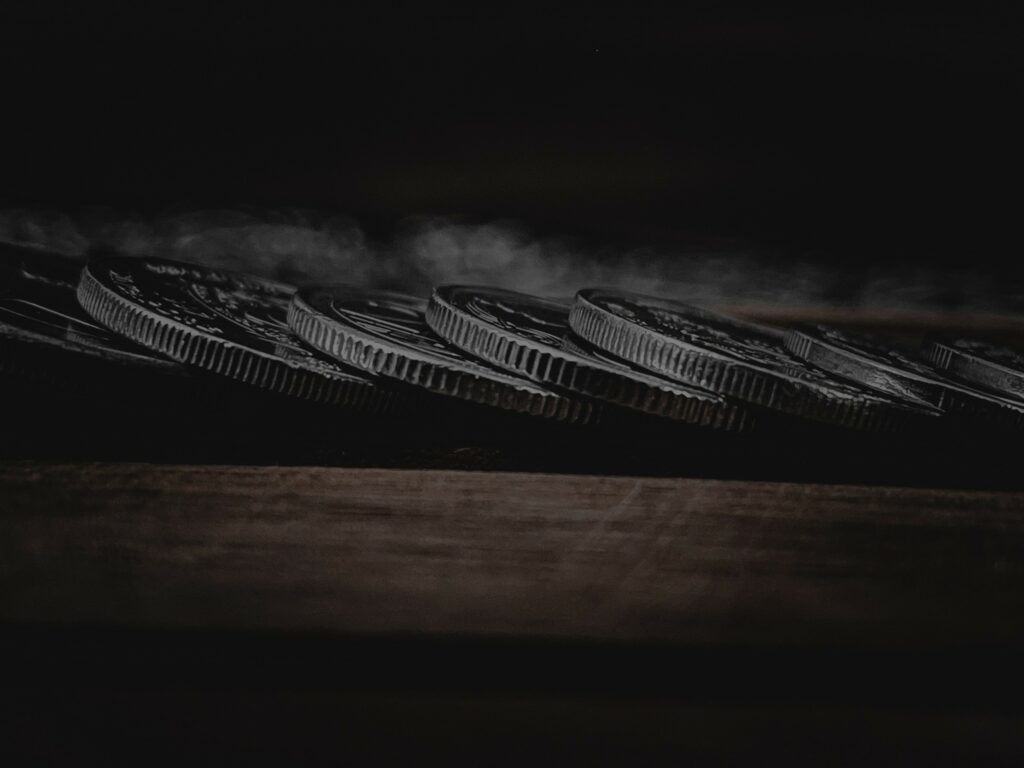
Discover all the news and articles from TNUMIS Magazine exclusively
Counterfeiter Bojarski
As one of the undoubtedly greatest banknote forgers of all time, Czeslaw Bojarski was nicknamed “the Cézanne of counterfeit money”. A Polish-born engineer and researcher, he arrived in France in 1940 where he started his counterfeiting business. Today, Bojarski’s counterfeit money is a favorite among collectors. Let’s explore the life and exploits of the counterfeiter Bojarski and discover his impact on the world of numismatics.
Who is Czeslaw Bojarski?
Czeslaw Bojarski was born in 1912 in Poland. He graduated from university as an engineer and architect. At the beginning of the Second World War, he was called up by the army and left for Hungary and Yugoslavia, before landing in Marseille in 1940.
His journey was full of pitfalls before he succeeded in his activity as a forger. At the end of the war, he embarked on various professional journeys. He tried to make a place for himself in the plastics industry, returned to mechanics, filed patents, without any real success or fulfillment. In 1948, he married a French woman and obtained French nationality.
At the same time, he began to forge coins in his home in Bobigny. He set up a workshop in an empty room, then in an annex at the back of his garden. He had a complete set of tools and materials, most of them created by himself. He manufactured, among other things, his paper paste, by mixing cigarette paper and tracing paper in well-defined proportions.
The forger Bojarski
From 1951, the Bank of France became aware of the circulation of fake banknotes of 1 000 Francs “blue” Minerva and Hercules 1945 Type, in all France and, in particular on the Parisian market. The work is of impeccable quality. The copies of banknotes are well made and undetectable at first sight.
In 1958, a new counterfeit appeared. This time, the 5000 Francs banknote “terre et mer”.
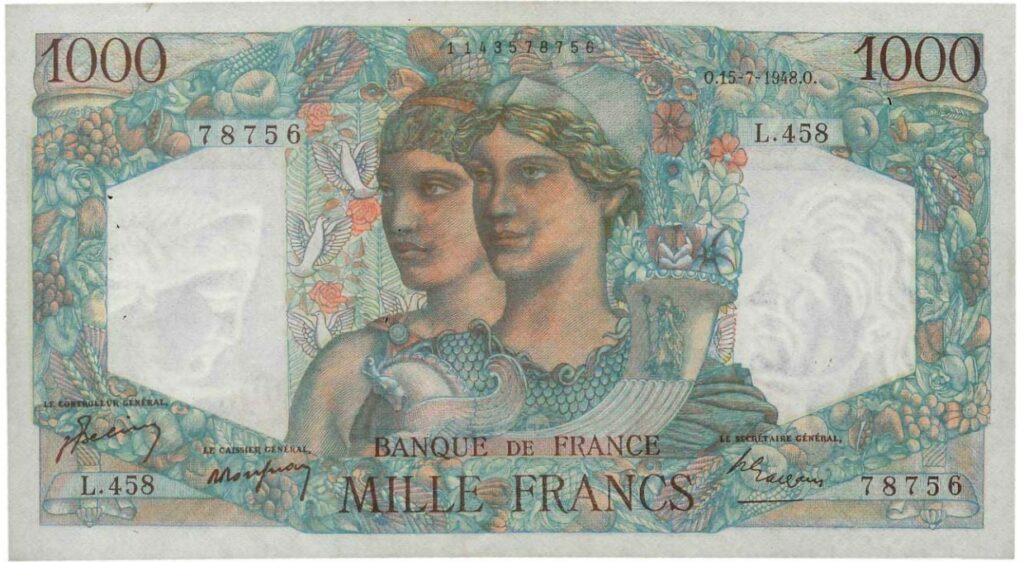
Two years later, the Banque de France discovered again other counterfeit banknotes of 100 New Francs Bonaparte 1959 Type.
These three copies of banknotes have the same defects in signature and especially, they appear all three in a scattered way. No doubt, this is our man. The counterfeiter Bojarski was eventually caught by the justice in 1964 and sentenced to 20 years in prison. But, how could he avoid falling through the cracks for almost 16 years?
A discreet counterfeiter
Bojarski claims to have produced all of these forgeries by himself. To verify this, the experts Ceccaldi and Cogniard organized reconstructions in July 1964. They confirmed that the forger was indeed working alone.
Okay, but how did he sell his banknotes? He proceeded in the same way for the three types of counterfeit banknotes. In fact, he spent them, one by one, by buying objects, mainly in Paris and in the regions where he went on vacation. He even went so far as to slip a single counterfeit bill into each bundle, to ensure his discretion. The only extra he allowed himself was the purchase of his house in Montgeron in 1960.
The first bill sold of 100 new Bonaparte francs would have been used to buy his Christmas dinner in a butcher shop in Bobigny. He devoted a lot of time to these operations. A very meticulous work for very little profit!
A fatal error
Until the day when a roll of 10 fake 100 New Francs “Bonaparte” banknotes was found by the Banque de France. This roll of banknotes had been given to the PTT administration for the purchase of Treasury bills. The seal on the stamp allowed the Bank of France to trace the notes to the post office in the 17th arrondissement of Paris. Following interviews with all the employees, they found a man named Alexis Chouvaloff. During the investigation, it turns out that Chouvaloff got the banknotes from his brother-in-law Antoine Dowgierd. The latter quickly denounced their old friend and compatriot, the forger Ceslaw Bojarski, who had sold them the tickets.
A search of Bojarski’s home revealed a safe with 72 million Old Francs in Treasury bills. The police also discovered a trap door that led to the workshop where the counterfeit money was made, located in the cellar of his house in Montgeron.
The quality of the counterfeit banknotes 100 New Francs Bonaparte 1959 Type
The Bojarski phenomenon is probably unique in the history of counterfeiting. Exceptionally, the Banque de France proceeded in 1964 to refund the counterfeit banknotes to any owner who came forward.
Without doubt the greatest masterpiece of the counterfeiter, the 100 New Francs Bonaparte banknotes are of such artistic value, that they are now sought after and collected by many numismatists.
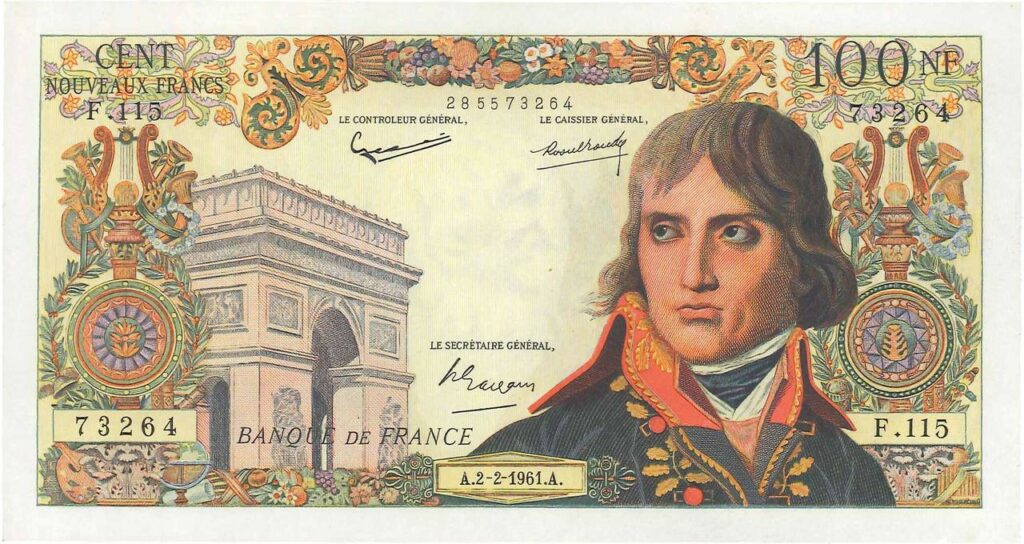
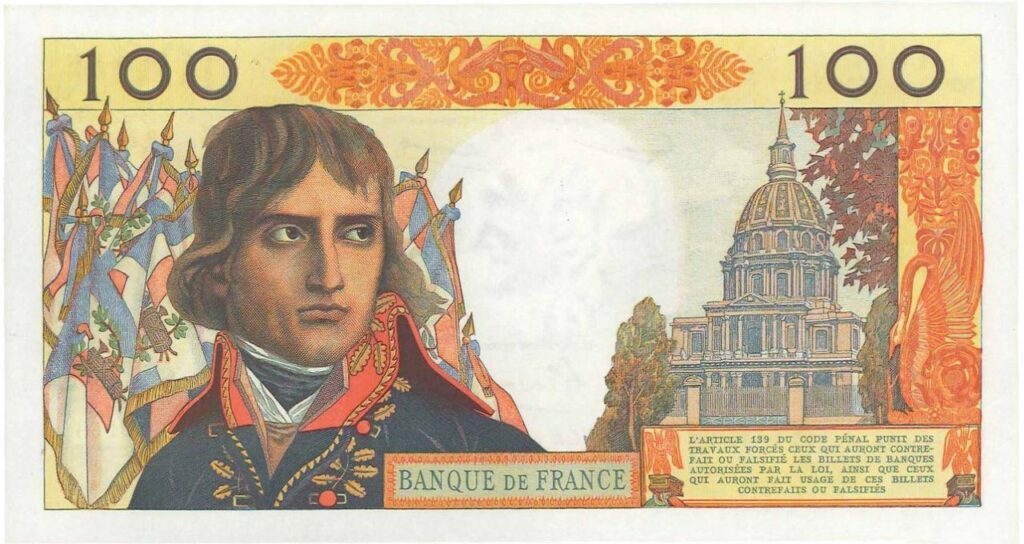
We now precisely know the six defects of Bojarski’s forgeries, not visible to the naked eye:
- The green leaf, above the 1, is not quite complete;
- Bonaparte’s hair is thicker than on the original;
- The number 100 NF is closer to the margin of 4/10 of a millimeter;
- The first orange star at the top left is missing a branch;
- The flowers and fruits of the top frieze are less finely hatched;
- The watermark is larger and more blurred than the authentic one.
Bojarski’s counterfeit 100 New Bonaparte Francs reach considerable sums at auctions. In 2008, one of them was sold for more than 5,500 euros. More recently, a batch of two counterfeit banknotes was offered for sale at a starting price of 6,500 euros. Because they are sought after worldwide, Bojarski’s banknotes are becoming a work of art among numismatists.
Numismatics is largely subject to deception and vigilance is still required to protect the integrity of the currency. However, Bojarski’s forgeries are a testament to the ambivalence of the discipline, as a Bojarski bill is now worth far more than its cash value.
We regularly offer this type of banknotes for sale in our store.
Sources :
Le monde
RTL
Wikipédia
Bourse du collectionneur
Fayette édition
Le parisien
cgb.fr
